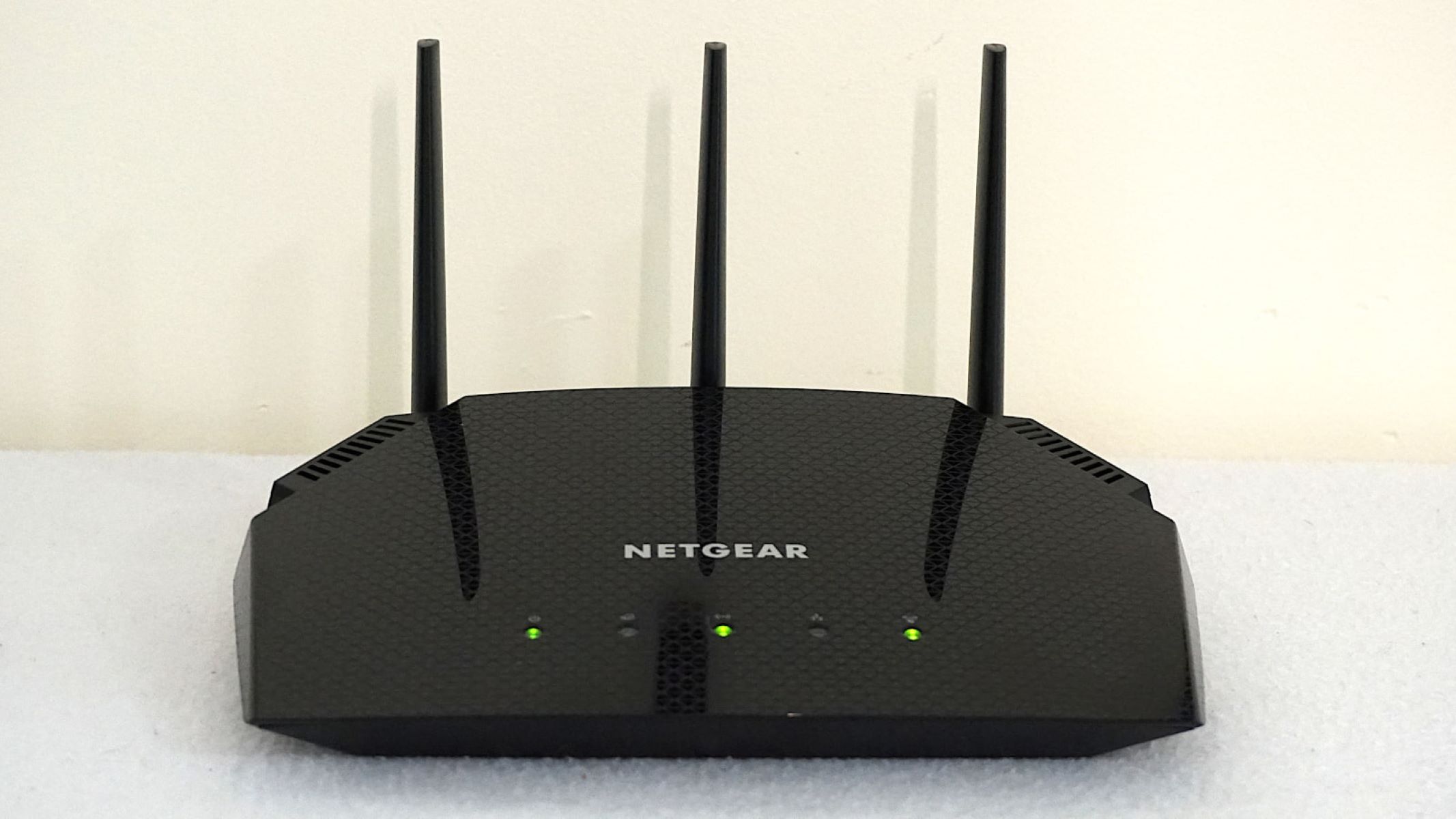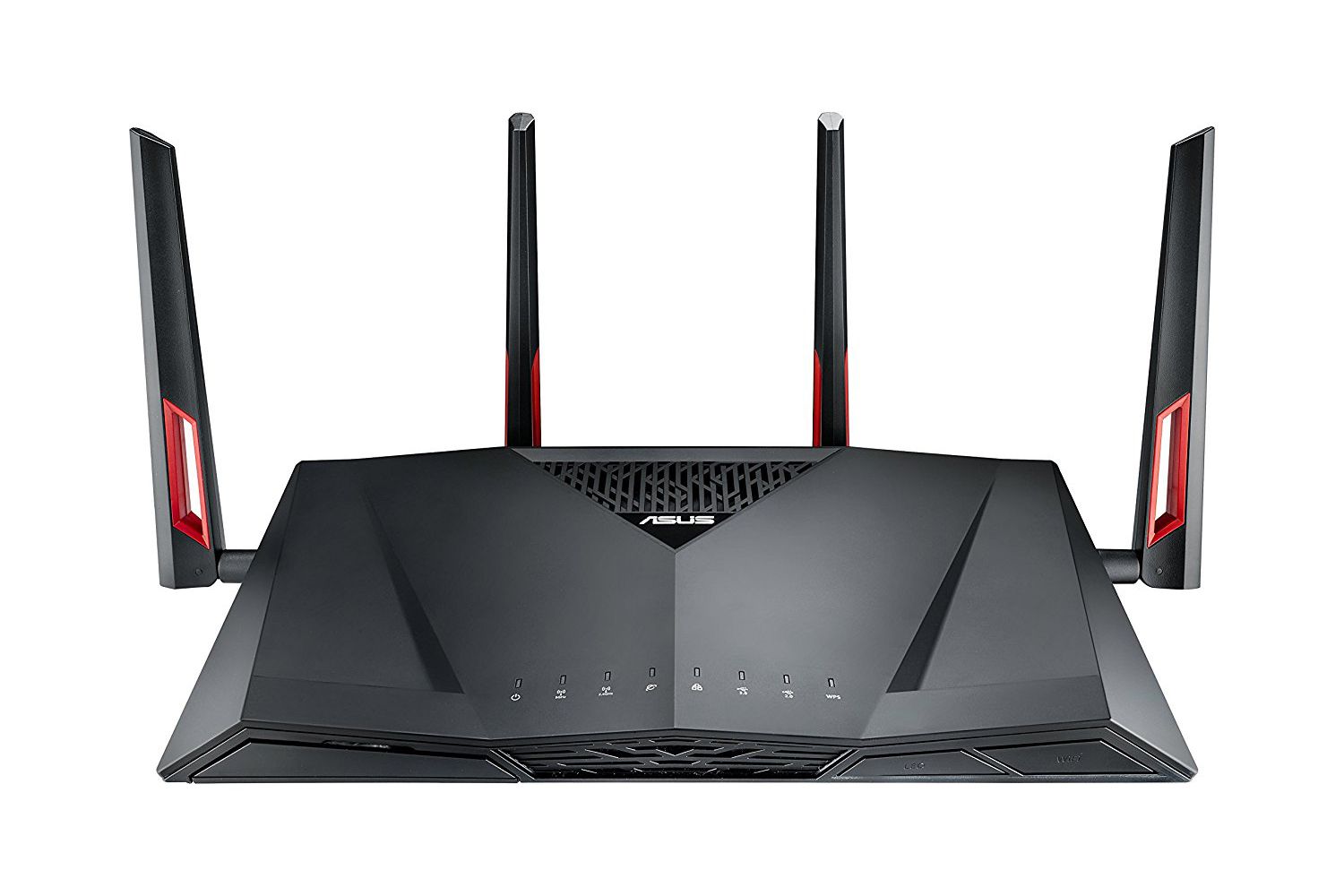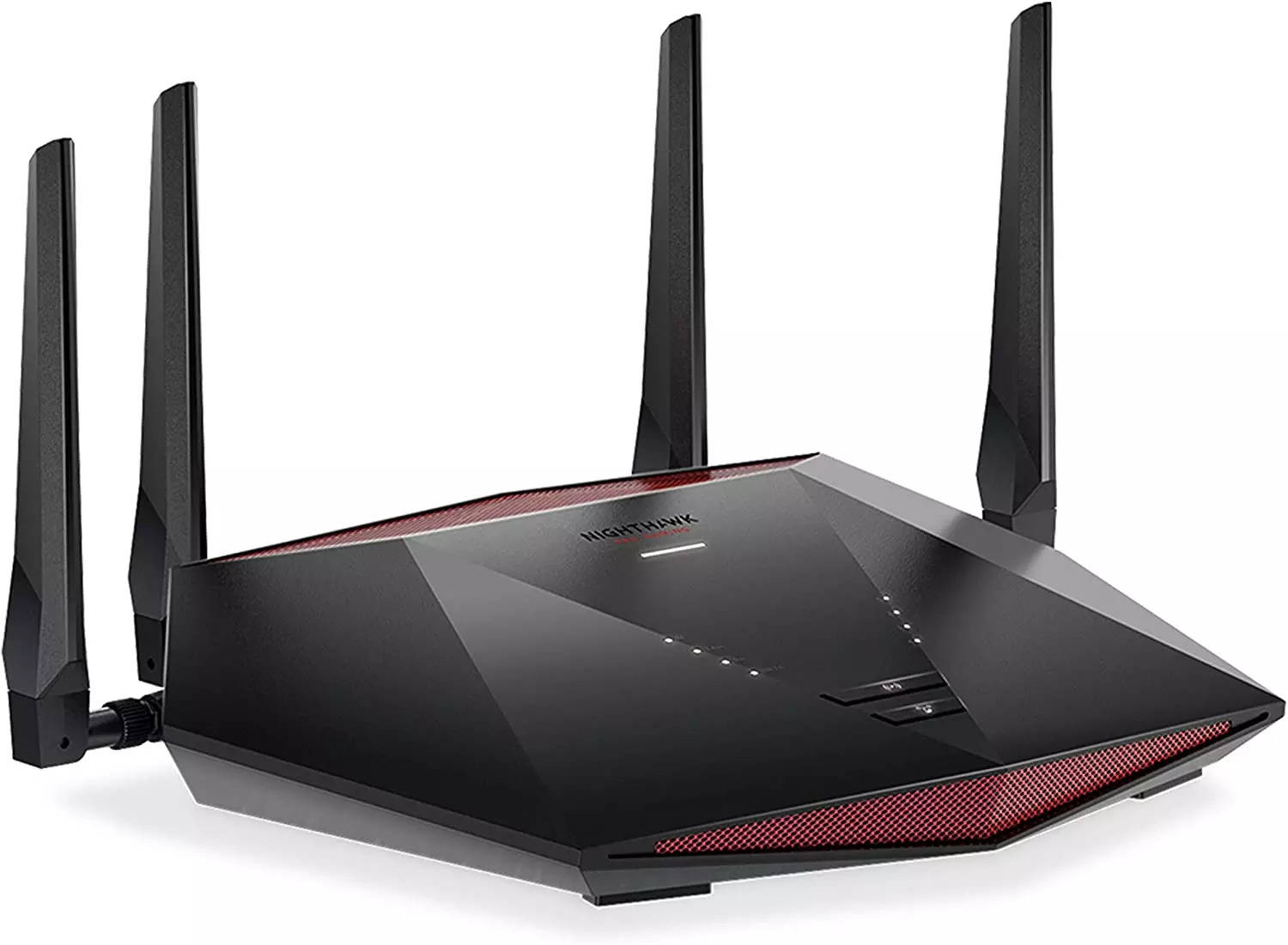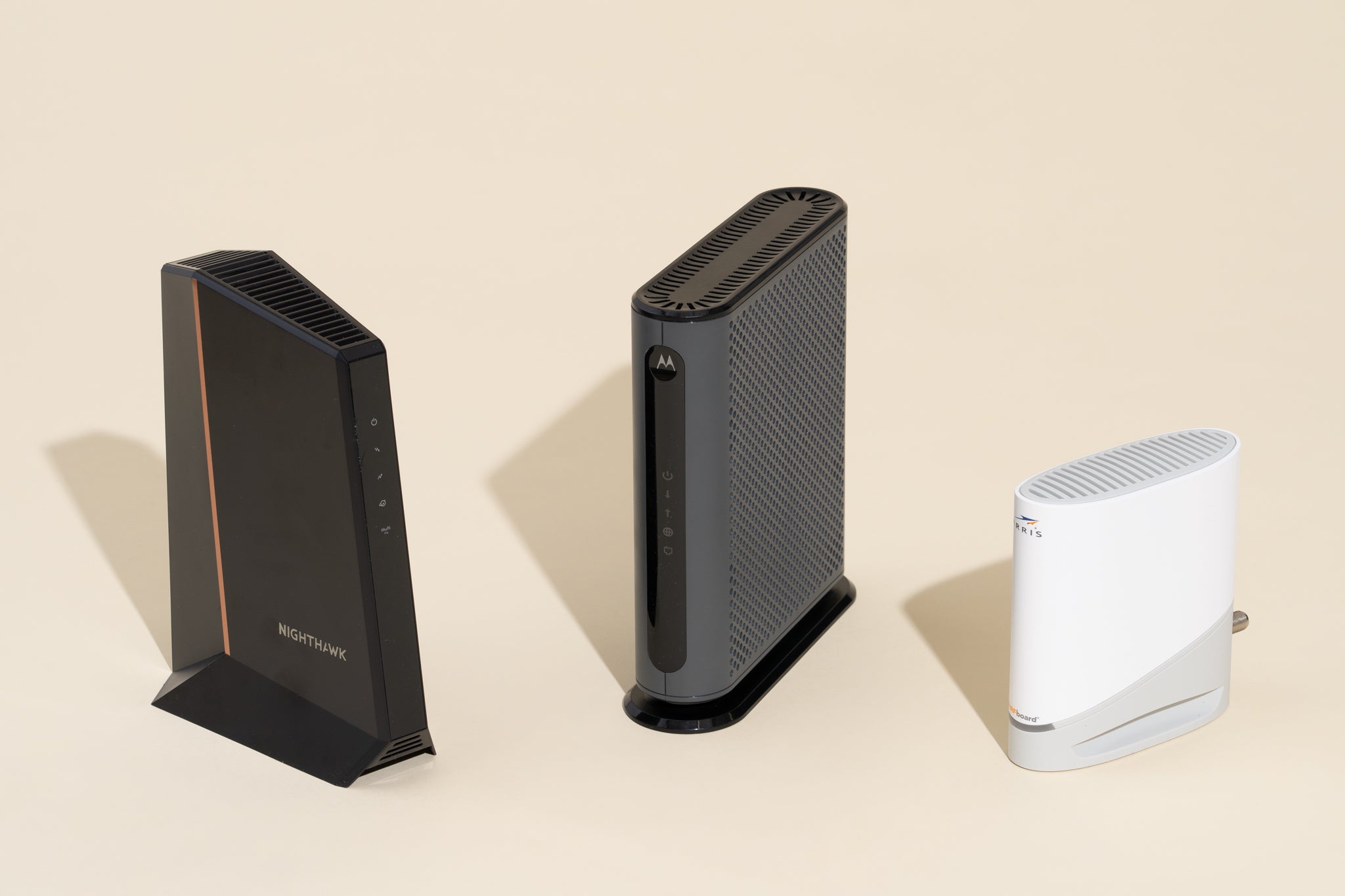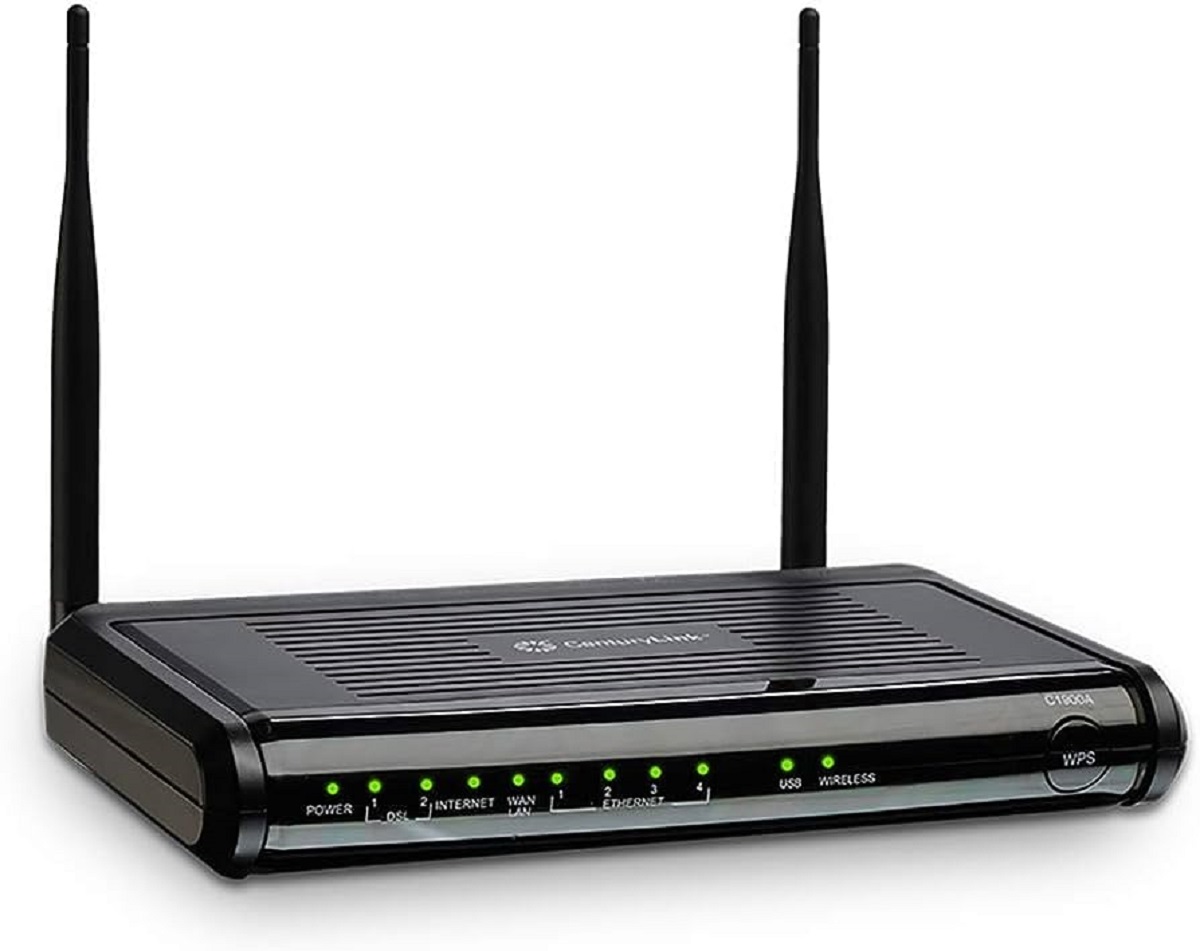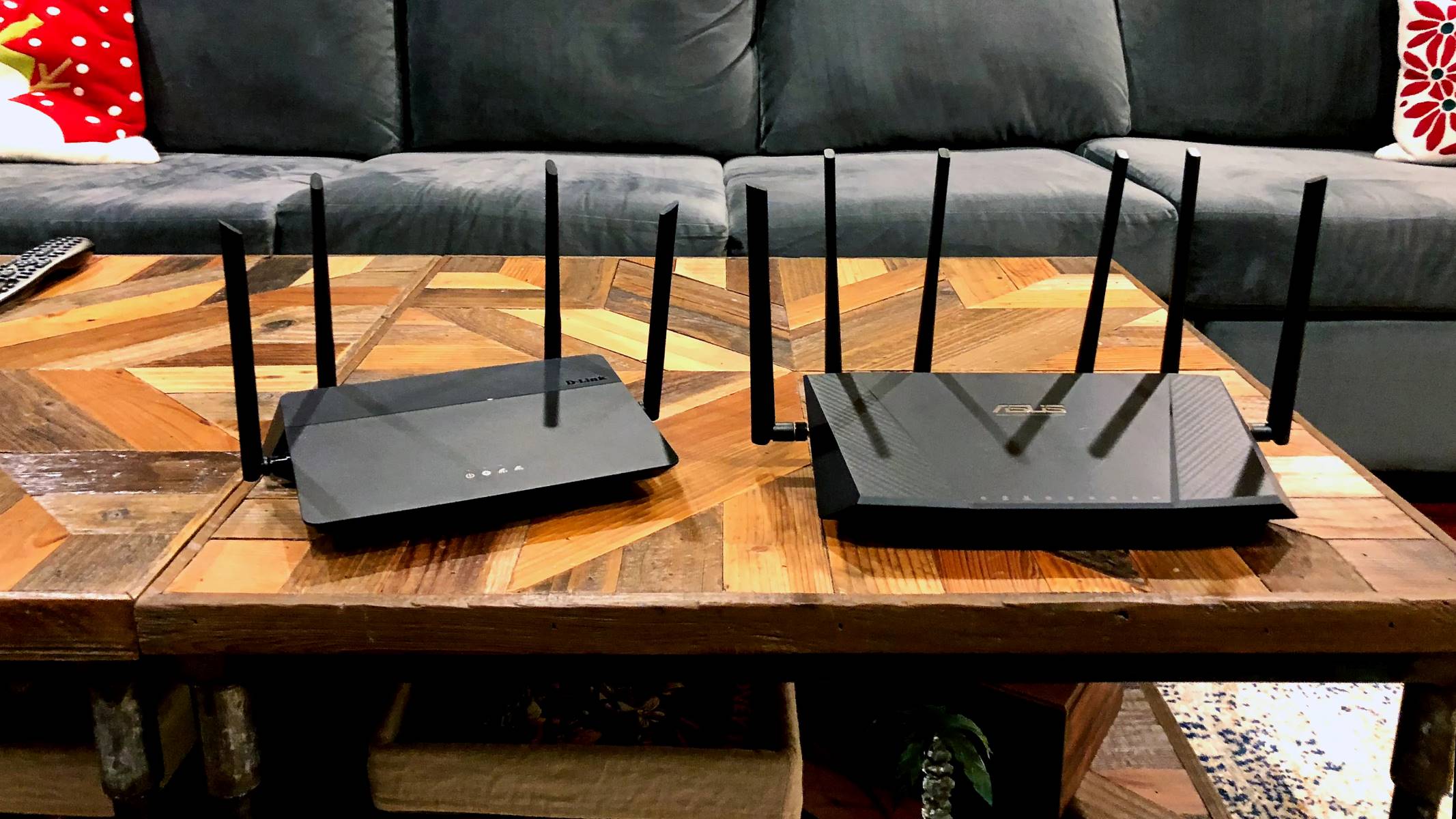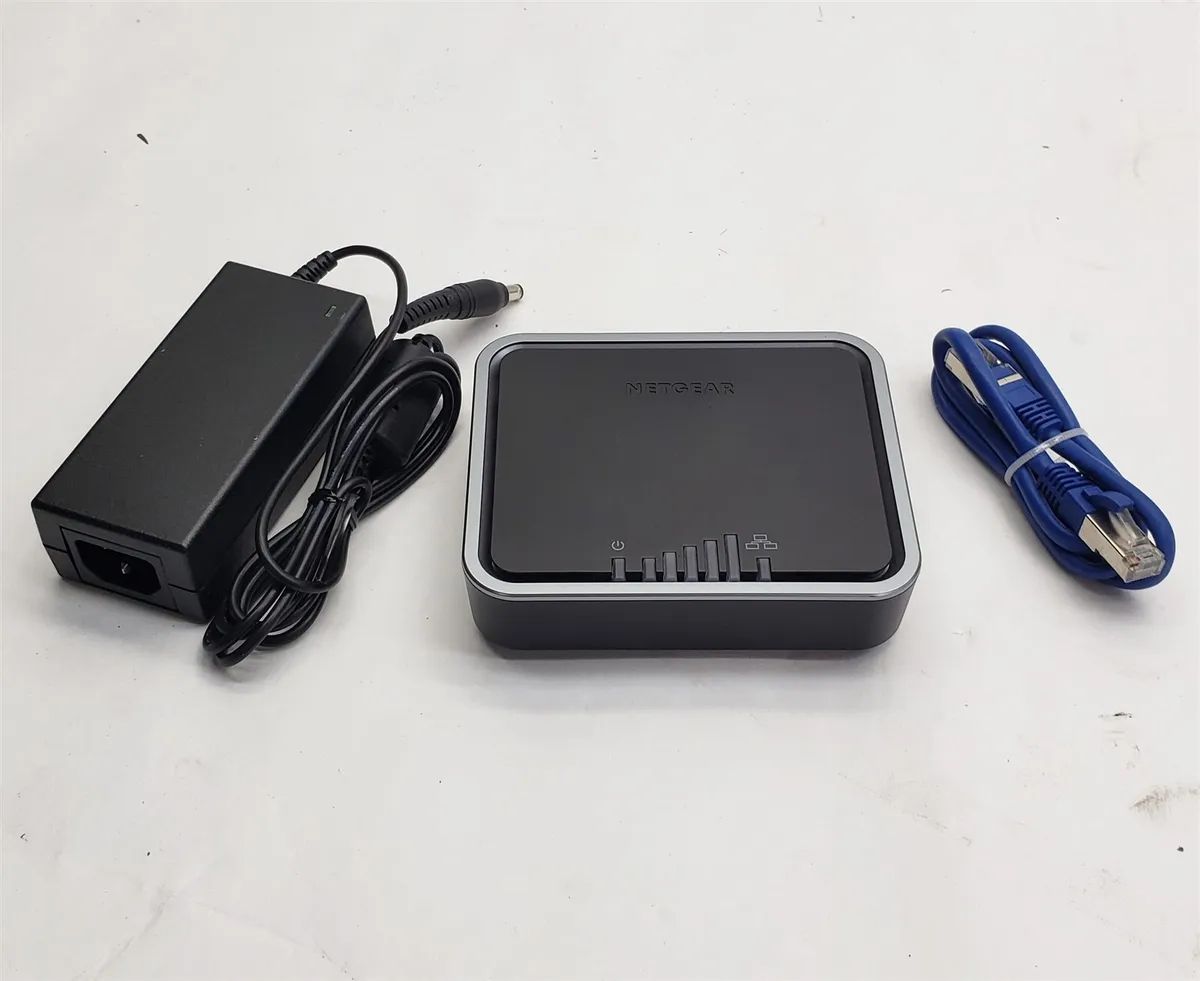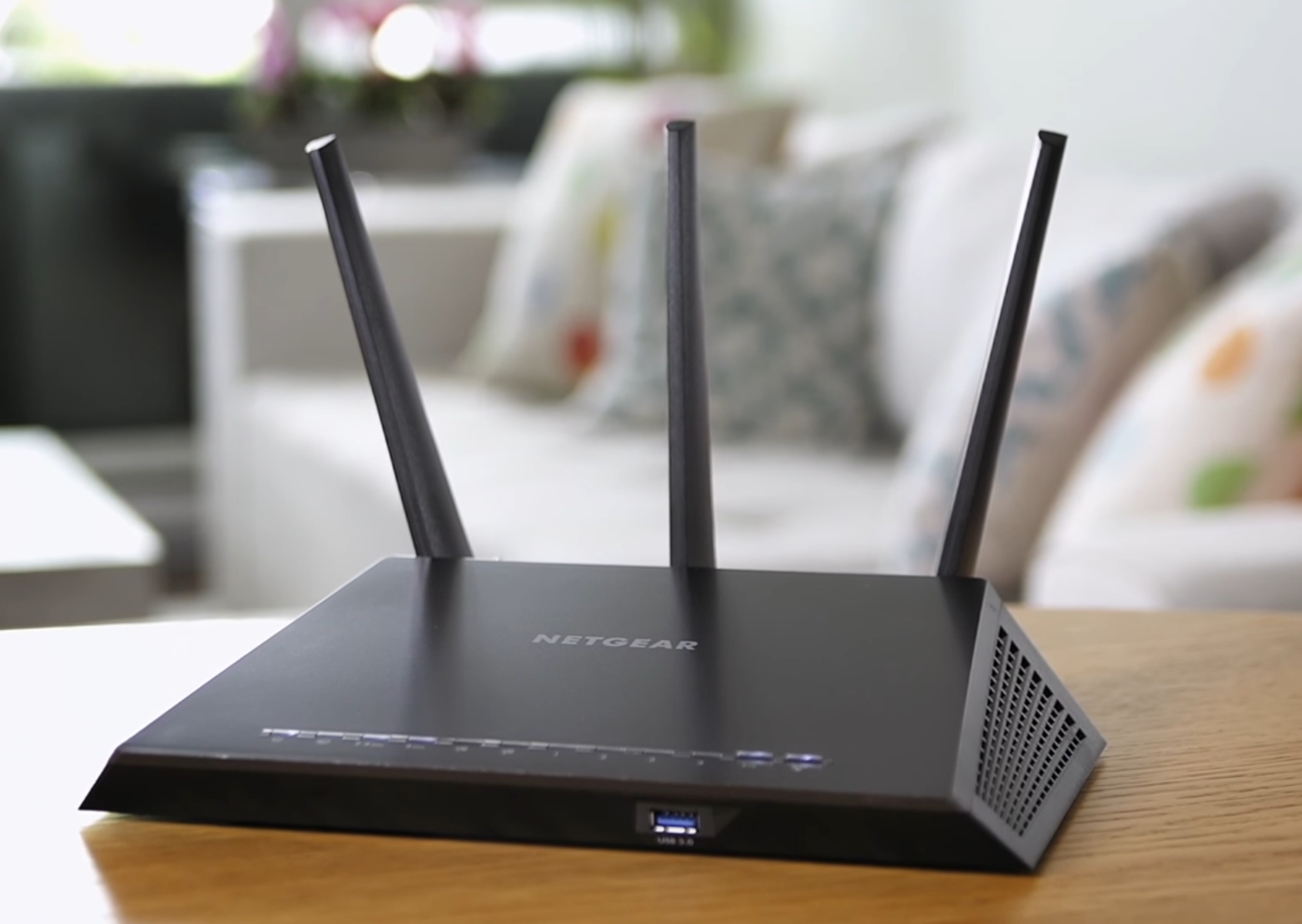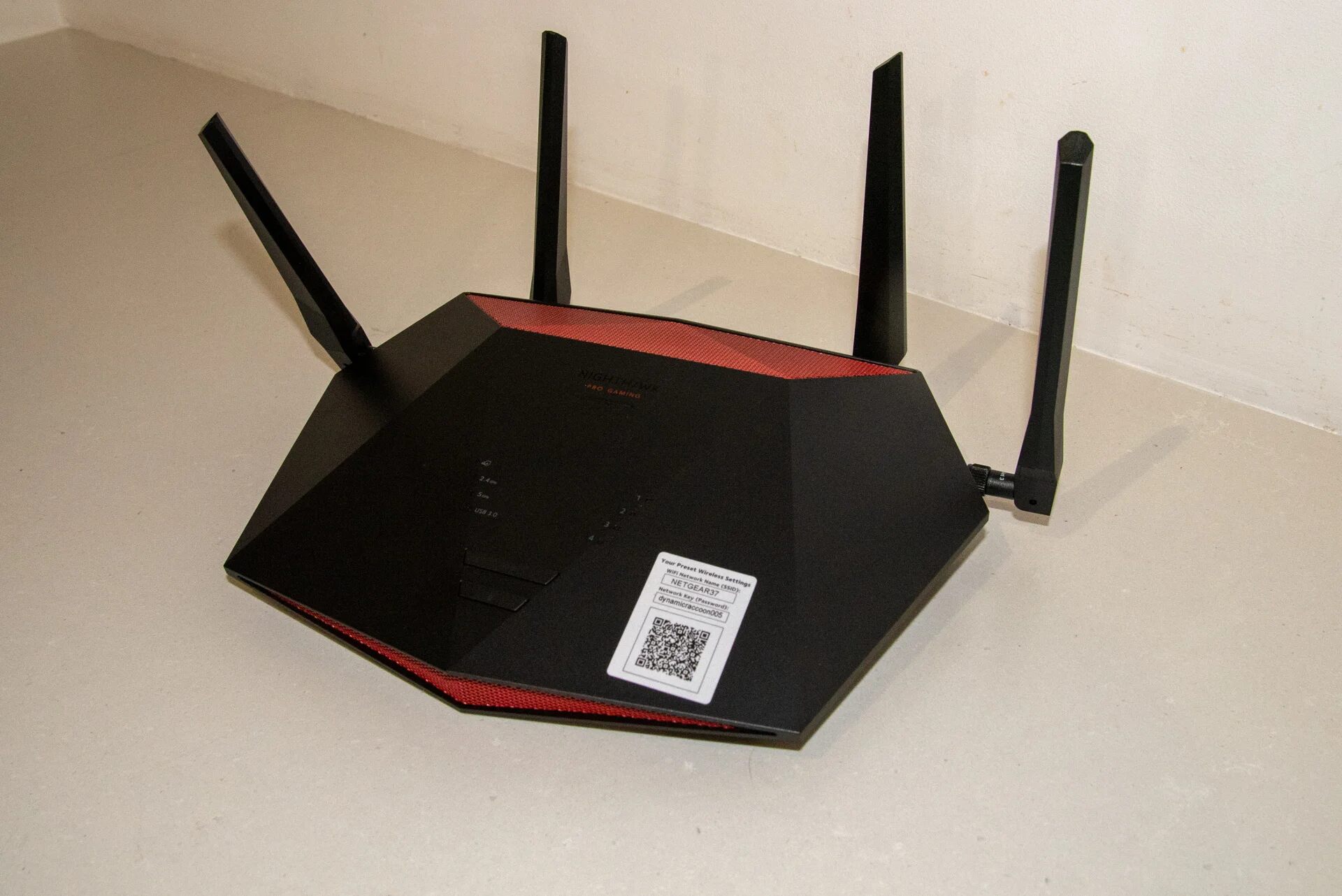Introduction
Netgear wireless routers have become an essential component of today’s digital landscape. These devices are responsible for providing reliable Wi-Fi connectivity in homes, offices, and public spaces. As with any electronic device, the lifespan of a Netgear wireless router is an important consideration for consumers. Understanding how long these routers typically last and what factors can affect their lifespan can help users make informed decisions about their purchase and maintenance.
Netgear, a trusted brand in networking equipment, offers a range of wireless routers designed to meet various needs and budgets. Whether you use your router for simple web browsing or bandwidth-intensive activities like gaming or streaming, it’s important to know how long you can expect your Netgear router to last.
Several factors can influence the lifespan of Netgear wireless routers. These factors include the quality of components, frequency of use, environmental conditions, and advancements in technology. By considering these factors, consumers can better understand the expected lifespan of their Netgear router and take steps to maximize its longevity.
In this article, we will explore the typical lifespan of Netgear wireless routers, signs that indicate an aging router, tips for extending their lifespan, and when it might be time to consider upgrading to a new Netgear router. Whether you’re a casual internet user or a tech-savvy professional, this information will empower you to make informed decisions about your router and ensure optimal Wi-Fi performance for years to come.
Factors Affecting the Lifespan of Netgear Wireless Routers
The lifespan of a Netgear wireless router can vary depending on several factors. Understanding these factors can help users gauge how long their router is likely to last, and take necessary measures for its maintenance.
1. Quality of Components: The quality of components used in manufacturing the router plays a crucial role in determining its lifespan. Higher-end routers often feature better-quality materials, which can contribute to a longer lifespan.
2. Frequency of Use: The frequency and intensity of router usage can impact its longevity. A router that is consistently under heavy usage may experience more wear and tear compared to one that is used sparingly.
3. Environmental Conditions: The environment in which the router operates can also affect its lifespan. Factors such as temperature, humidity, and exposure to dust can impact the performance and longevity of the device. It is advisable to keep the router in a well-ventilated area away from direct sunlight and extreme temperatures.
4. Firmware Updates: Regular updates to the router’s firmware can improve its performance and security. Netgear frequently releases firmware updates with bug fixes and additional features. Keeping the router updated with the latest firmware can help prolong its lifespan.
5. Technological Advancements: Advancements in technology can render older routers outdated and less effective over time. As technology evolves, newer routers may offer improved features, faster speeds, and better security. While a well-maintained router can still function properly, it may not be able to keep up with the demands of newer devices and technologies.
6. Power Surges: Power surges caused by electrical storms or faulty power outlets can damage the router or its components. It is important to use surge protectors to safeguard the router against such surges.
By considering these factors, users can gain a better understanding of the potential lifespan of their Netgear wireless router. While some factors, such as the quality of components, are beyond the user’s control, others, like firmware updates and environmental conditions, can be managed to prolong the router’s lifespan. In the next sections, we will explore the typical lifespan of Netgear wireless routers and the signs that indicate an aging router.
Typical Lifespan of Netgear Wireless Routers
The lifespan of a Netgear wireless router can vary depending on various factors, but on average, these routers can be expected to last anywhere from 3 to 5 years. However, it’s important to note that this is just a general guideline and individual experiences may vary.
The actual lifespan of a Netgear router can be influenced by factors such as the model, usage patterns, and overall care and maintenance. Higher-end models tend to have more durable components and may last longer than entry-level routers. Similarly, routers that experience heavy usage, such as in busy offices or households with multiple devices, may have a shorter lifespan compared to routers used in less demanding environments.
Netgear is known for producing reliable and durable routers, but it’s inevitable that over time, the performance of a router may start to decline. As technology advances and new standards are introduced, older routers may struggle to keep up with the increasing demands of modern internet usage. While an older router can still function adequately for basic internet browsing and light streaming, it may not be able to handle bandwidth-intensive activities like online gaming or 4K video streaming.
It’s worth noting that some Netgear routers have the option to upgrade or flash custom firmware, which can extend their lifespan. Open-source firmware like DD-WRT or Tomato can unlock additional features and provide a performance boost for older routers, allowing users to get more mileage out of their devices.
Ultimately, the lifespan of a Netgear wireless router is influenced by a combination of factors. Regular maintenance, such as firmware updates and keeping the router clean and free from dust, can help prolong its life. However, it is important to be aware of the signs that indicate an aging router, which we will discuss in the next section.
Signs that Indicate the Router’s Aging
As a Netgear wireless router gets older, it may start exhibiting certain signs that indicate its declining performance and age. By recognizing these signs, users can assess whether it’s time to consider upgrading to a new router. Here are some common signs to watch out for:
1. Slow Internet Speed: If you notice a significant decrease in your internet connection speed, it could be a sign that your router is aging. Older routers may struggle to keep up with the higher bandwidth requirements of modern devices and may not provide the same level of performance as they did when they were new.
2. Frequent Connection Dropouts: If your Wi-Fi connection frequently drops or becomes unstable, especially in areas where signal strength used to be reliable, it may indicate that your router is reaching the end of its lifespan. Aging components or firmware issues can contribute to connection stability problems.
3. Inadequate Coverage: Over time, the Wi-Fi coverage provided by your router may start to decrease. You may experience weak signal strength or dead zones in certain areas of your home or office, even within close proximity to the router. This can be a sign that the router’s internal antennas or amplifiers are deteriorating.
4. Overheating: If your router feels unusually hot to the touch or if it frequently shuts down due to overheating, it may be a sign of aging. As routers age, their cooling mechanisms, such as fans or heatsinks, may become less effective, leading to overheating issues.
5. Outdated Firmware: If your router is no longer receiving firmware updates from the manufacturer, it may be a sign that it is no longer supported or considered outdated. Outdated firmware can result in security vulnerabilities and compatibility issues with newer devices and technologies.
6. Limited Features: Older routers may lack advanced features, such as support for the latest Wi-Fi standards or improved security protocols. If you find that your router is unable to meet your current networking needs or lacks essential features, it may be a sign that it’s time to upgrade.
While experiencing one or two of these signs does not necessarily mean that you need to replace your router immediately, multiple signs appearing simultaneously could be an indication that your router is nearing the end of its lifespan. In the next section, we will discuss tips to help extend the lifespan of Netgear wireless routers.
Extending the Lifespan of Netgear Wireless Routers
While the lifespan of a Netgear wireless router can be influenced by several factors, there are steps you can take to maximize its longevity and ensure optimal performance. By following these tips, you can extend the lifespan of your router and continue to enjoy reliable Wi-Fi connectivity:
1. Regular Firmware Updates: Netgear releases firmware updates periodically to address bugs, improve performance, and enhance security. It is important to regularly check for and install these updates to keep your router up-to-date and functioning optimally.
2. Proper Ventilation: Ensure that your router is placed in a well-ventilated area to prevent overheating. Avoid placing it in enclosed spaces or near sources of heat. If your router has vents or fans, make sure they are not blocked by objects such as books or other devices.
3. Keep it Clean: Dust and debris can accumulate on the router’s surface and vents, leading to overheating and performance issues. Regularly clean the router using compressed air or a soft cloth to remove any buildup and keep it free from dust.
4. Protect Against Power Surges: Power surges can damage the sensitive components of the router. To protect your router, connect it to a surge protector or use an uninterruptible power supply (UPS) to shield it from sudden voltage spikes caused by electrical storms or power fluctuations.
5. Optimal Router Placement: Place your router in a central location within your home or office, away from obstructions like walls or large objects that may interfere with the Wi-Fi signal. Optimizing the router’s placement can improve coverage and reduce signal dropouts.
6. Secure Your Network: Enable password protection and use strong, unique passwords for your router’s administration settings and Wi-Fi network. Regularly review and update your network’s security settings to safeguard against unauthorized access, which can compromise the router’s performance and longevity.
7. Manage Connected Devices: Avoid overloading your router with an excessive number of connected devices. Too many devices can strain the router’s capabilities and impact its performance. Disconnect devices that are not in use or consider upgrading to a higher-capacity router if needed.
By following these tips, you can help extend the lifespan of your Netgear wireless router and ensure that it continues to provide reliable Wi-Fi connectivity. However, it’s important to be aware of common issues that may arise with aging routers and how to troubleshoot them, which we will discuss in the next section.
Troubleshooting Common Issues to Prolong Router Lifespan
As your Netgear wireless router ages, you may encounter certain common issues that can affect its performance. These issues can be resolved through troubleshooting, helping to prolong the lifespan of your router. Here are some common problems and their troubleshooting steps:
1. Slow Internet Speed: If your internet connection is slow, try power cycling your router by unplugging it from the power source, waiting for a few seconds, and then plugging it back in. This can clear any temporary glitches or issues that may be causing the slowdown.
2. Connection Dropouts: If your Wi-Fi connection frequently drops or becomes unstable, ensure that your router’s firmware is updated to the latest version. You can visit Netgear’s support website to download and install the latest firmware for your specific router model.
3. Weak Wi-Fi Signal: If you’re experiencing weak Wi-Fi signals or dead spots, try repositioning your router to a more central location within your home or office. You can also try adjusting the positioning of the router’s antennas for optimal signal coverage.
4. Network Security Issues: If you suspect unauthorized access or network security issues, change your router’s default administration password and update your Wi-Fi network’s security settings. Use strong and unique passwords, enable encryption protocols (e.g., WPA2), and consider enabling MAC address filtering for enhanced security.
5. Router Overheating: If your router frequently overheats, ensure that it is placed in a well-ventilated area. Check if the router’s ventilation holes or fans are blocked by dust or debris and clean them if necessary. If the overheating problem persists, consider using an external cooling fan or upgrading to a router with better cooling capabilities.
6. Firmware Issues: If your router is experiencing persistent problems or instability after updating the firmware, you can try performing a factory reset. This will revert the router’s settings back to their default configurations and may resolve any firmware-related issues.
7. Wi-Fi Interference: If you’re facing interference issues from neighboring networks or other devices, try changing the channel on which your router operates. Netgear routers have the option to manually select a channel or use the auto-channel selection feature to find the least congested channel in your location.
By troubleshooting these common issues, you can address performance problems, enhance security, and improve overall router functionality, thereby extending the lifespan of your Netgear wireless router. However, it’s important to be aware of when it might be time to consider upgrading to a new router, which we will explore in the next section.
When to Consider Upgrading to a New Netgear Wireless Router
While Netgear wireless routers are built to last, there may come a time when upgrading to a new router becomes necessary. Here are some factors to consider when determining if it’s time to invest in a new Netgear router:
1. Outdated Technology: If your current router does not support the latest Wi-Fi standards, such as Wi-Fi 6 (802.11ax), and you’re experiencing slow speeds or poor performance, it may be time to upgrade. Newer routers offer faster speeds, improved coverage, and better support for multiple connected devices.
2. Insufficient Coverage: If your current router does not provide adequate coverage for your home or office, resulting in dead zones or weak signals, upgrading to a router with better coverage capabilities can significantly improve your Wi-Fi experience.
3. Increased Number of Connected Devices: If you’ve added more devices to your network and your current router is struggling to handle the increased demand, it may be time to upgrade to a router with higher capacity and better performance to ensure smooth connectivity for all devices.
4. Security Concerns: If your current router is no longer receiving firmware updates from the manufacturer, it may pose security risks. Manufacturers regularly release updates to address vulnerabilities and enhance security. If your router is no longer supported, upgrading to a newer model will ensure that you have the latest security features.
5. Performance Issues: If you’re experiencing frequent connection dropouts, slow internet speeds, or persistent reliability issues even after troubleshooting, it may indicate hardware deterioration in your aging router. Upgrading to a new router can resolve these performance-related issues.
6. Advanced Features: If your current router lacks advanced features and functionalities that have become standard in newer models, such as beamforming, MU-MIMO, or parental controls, upgrading to a router with these features can enhance your network capabilities and improve user experience.
7. Longevity: If your current router is already beyond its typical lifespan of 3 to 5 years and you’re experiencing multiple signs of aging, it may be more cost-effective to invest in a new router rather than continuing to troubleshoot and maintain an outdated device.
By considering these factors and evaluating the current state of your Netgear wireless router, you can determine if it’s time to upgrade to a new model that meets your current networking needs. Upgrading to a newer router will not only provide improved performance and security but also ensure that you’re ready to take advantage of future advancements in technology.
Conclusion
Netgear wireless routers are reliable and essential devices for providing Wi-Fi connectivity in homes, offices, and public spaces. Understanding the lifespan of these routers and the factors that can affect their longevity is crucial for users who want to make informed decisions about purchasing and maintaining their routers.
While the typical lifespan of Netgear wireless routers ranges from 3 to 5 years, it’s important to note that individual experiences may vary. Factors such as the quality of components, frequency of use, environmental conditions, and technological advancements can all impact the lifespan of a router.
Signs of an aging router, such as slow internet speed, frequent connection dropouts, and inadequate coverage, indicate that it may be time to consider upgrading to a new Netgear router. However, users can take steps to maximize the lifespan of their routers, including regular firmware updates, proper ventilation, keeping the router clean, protecting against power surges, and optimizing router placement.
Troubleshooting common issues, such as slow internet speed, connection dropouts, and weak Wi-Fi signals, can also help prolong the lifespan of a Netgear wireless router. However, there comes a point where upgrading to a new router becomes necessary to benefit from newer technology, improved performance, increased security, and advanced features.
By understanding the factors affecting the lifespan of Netgear wireless routers and utilizing the tips and troubleshooting techniques provided, users can extend the lifespan of their routers and ensure that they continue to enjoy reliable and seamless Wi-Fi connectivity for years to come.







